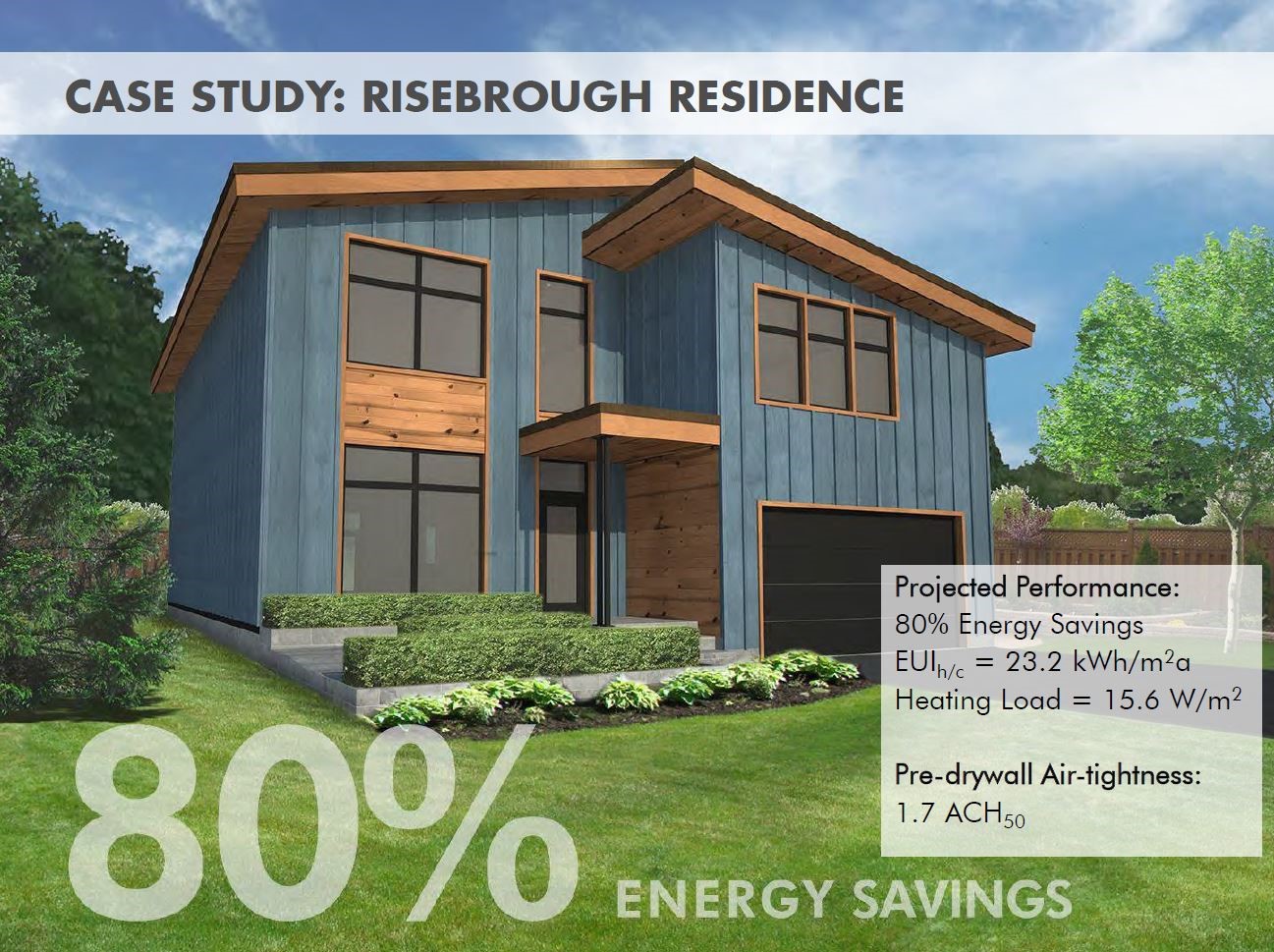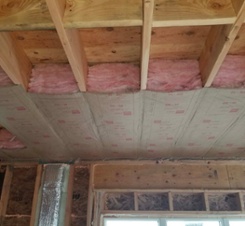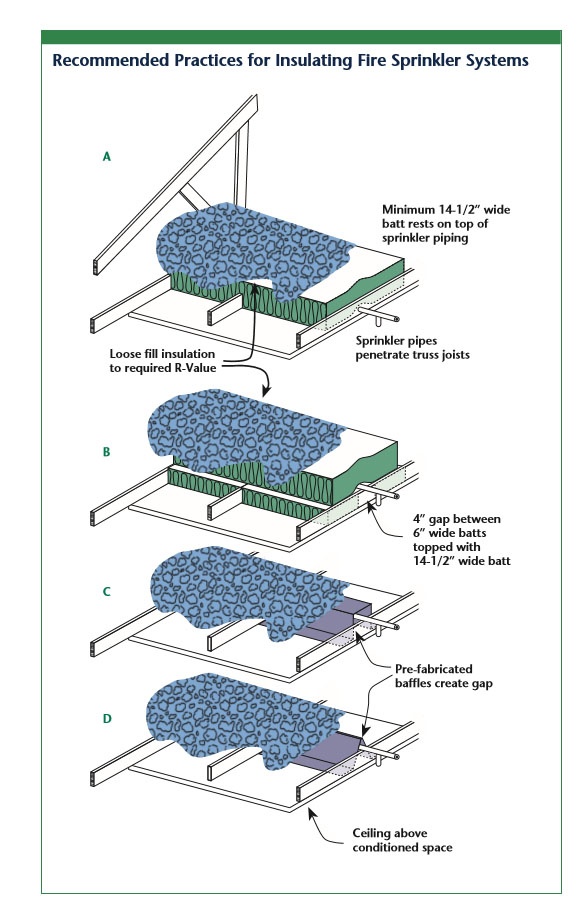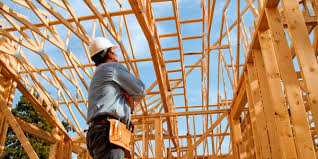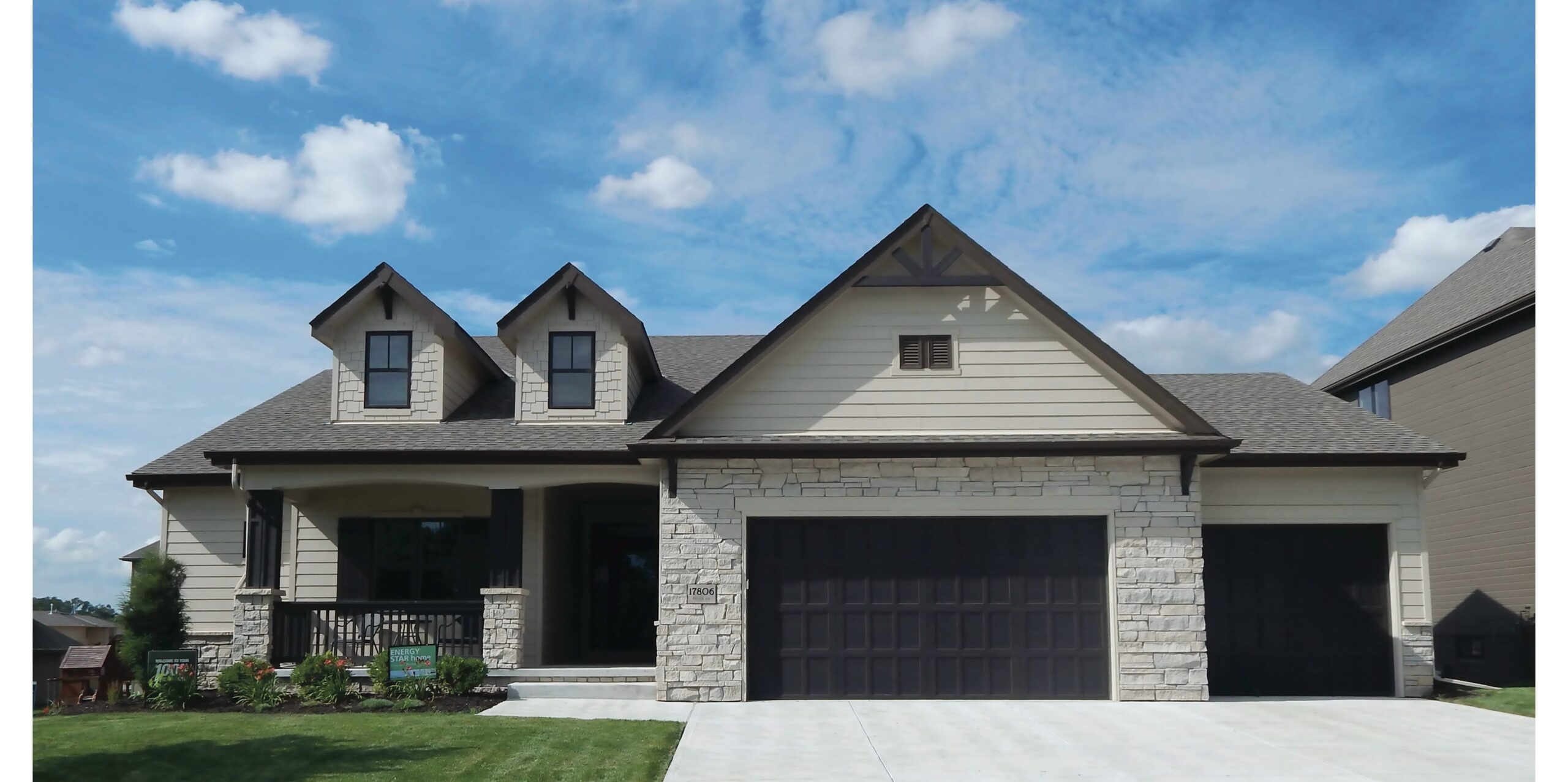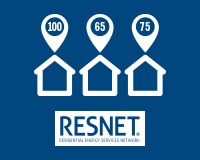Custom home buyers have very discriminating requirements when it comes to designing and constructing their homes. Increasingly, those needs incorporate the desire to be sustainable and energy efficient. When sustainable architectural firm SUSTAINABLE.TO Architecture + Building and Greenbillt Homes, a leading Canadian custom home builder teamed up design and construct a home in North York, Ontario, they were directed to deliver a tall order to their clients: designing a home that would “sip energy, endure for generations and remain comfortable at all times.” The result was a striking residence that incorporates mineral wool insulation and delivers some impressive energy performance results.
Details »Insulation Institute Blog
Every builder wants to grow their business, increase profits, and keep costs to a minimum, yet only a few manage to do this easily. There’s no “secret sauce” to becoming a highly successful builder overnight, but some key actions collectively and gradually lead to flourishing businesses. Mike Benshoof, president and chief operating officer of Berks-Firefly Homes and Red Door Homes, reveals the fundamental elements that top-performing builders use to grow their businesses but rarely disclose.
Details »If you follow our blog, you know that we talk quite a bit about building science. In fact, we wrote a primer on how builders can use building science to produce more durable, comfortable, and energy-efficient homes. We also share information on effective air sealing and blower door testing — a pain point for some builders having to meet new testing requirements of the 2012 and 2015 Residential IECC.
As any building scientist worth their salt will tell you, air tight homes start with great framing. Michael Schettine of AccuFrame Energy Seal isn’t a building scientist, but he has more than 45 years’ experience in home building, carpentry, and architectural reconstruction. His background has led him to believe that there’s a better way to reach air tightness targets, and it begins with a positive change in the way homes are framed.
Details »Any time there are icicles dangling from gutters, it is a sign of a potentially costly and avoidable problem in a home – an ice dam. Ice dams form when the temperature in the attic is above freezing and there is snow on the roof. The snow melts on the roof and drips downward toward the edge and the gutter. If it’s cold enough, it re-freezes at the colder roof edge, which means the water does not drain. This frozen water forms a “dam” which prevents drainage and can cause water to leech back into the home, either into the ceiling/attic or down into the walls below. And that can be a very expensive problem to fix.
Details »With much of the country currently in the grips of a record-breaking cold snap, homeowners may be supplementing their heat sources with portable heating options that increase the risk of fire. Home sprinkler systems are a key defense against fire spread, but they won’t work if sprinkler system pipes are frozen and water damage from pipes may be just as costly as a house fire. One of the primary ways to reduce the risk of sprinkler system freezing is to properly install mineral fiber insulation. Although insulation alone may not prevent freezing when temperatures are cold enough for an extended period, properly installed insulation can significantly reduce the chance of sprinkler systems freezing.
As the year ends, we thought our subscribers would be interested in our top five blog posts of 2017. While we write about a wide range of topics related to residential building, our blogs about proper installation and air sealing were among the most popular. If you’ve missed any of these, perhaps the holiday slowdown will provide a minute or two to read them.
Details »Getting high performance walls relies on proper air sealing before installing insulation, regardless of the insulation used. Air sealing is the most critical component of meeting the blower door testing requirement of the Residential International Energy Efficiency Code (IECC) 2012/15. To meet the 3 ACH50 target builders, contractors, and designers must develop an air sealing strategy. This can’t be done without understanding where homes typically leak air to prevent and/or address the top air sealing trouble spots.
Details »As we reported earlier this year, 36 states currently use a version of the residential energy code equivalent to the 2009 International Energy Conservation Code (IECC) specification or lower. As states work to adopt and implement more recent versions of the IECC (2012 or 2015), some builders may find it challenging to meet the blower door testing requirements of newer energy efficiency codes. Moreover, doing this cost- effectively is a top-of-mind concern. But, builders can leverage existing relationships with manufacturer partners and an energy consultant or HERS rater to keep costs in check and meet airtightness requirements.
Ron Davis, owner of Ron Davis Custom Homes takes pride in the craftsmanship of the luxury homes his company builds in and around Dallas, TX. The company has a reputation for quality and is committed to energy-efficient building, constructing HERS-rated and Energy Star homes. By working with a top energy consultant and a national insulation manufacturer, Davis developed a successful, repeatable strategy for building airtight, High-performance Homes. The approach allows this high-end builder to meet stricter airtightness levels without breaking the bank.
Details »Since 2013 the U.S. Department of Energy’s (DOE) Housing Innovation Awards has recognized the top builders of zero energy ready homes. Housing Innovation award winners represent the top one percent of builders across the country who meet the most rigorous specifications for High-performance Homes. Among this year’s 24 winners is production builder Charles Thomas Homes.
Founded in 2009, Charles Thomas Homes constructs High-performance Homes that typically command a higher price than competing builders, but also deliver on energy efficiency and comfort, which is important in frosty climate zone 5. Part of the company’s winning approach to constructing energy-efficient homes includes blown fiberglass insulation in the attic and walls, demonstrating that high-performance doesn’t have to mean high price.
Details »Residential Energy Services Network (RESNET) recently reached a significant milestone: 2 million Home Energy Rating System (HERS)-scored homes. This miles-per-gallon equivalent score assigned to estimate the energy efficiency of a home has rapidly gained market acceptance since its inception in 2006, and as energy efficient building becomes mainstream, the popularity of HERS ratings continues to expand rapidly. Today, 22 percent of new homes are HERS-rated[1], and that number will continue to grow, particularly as states adopt the energy ratings index (ERI) as an energy code compliance option.
Details »
